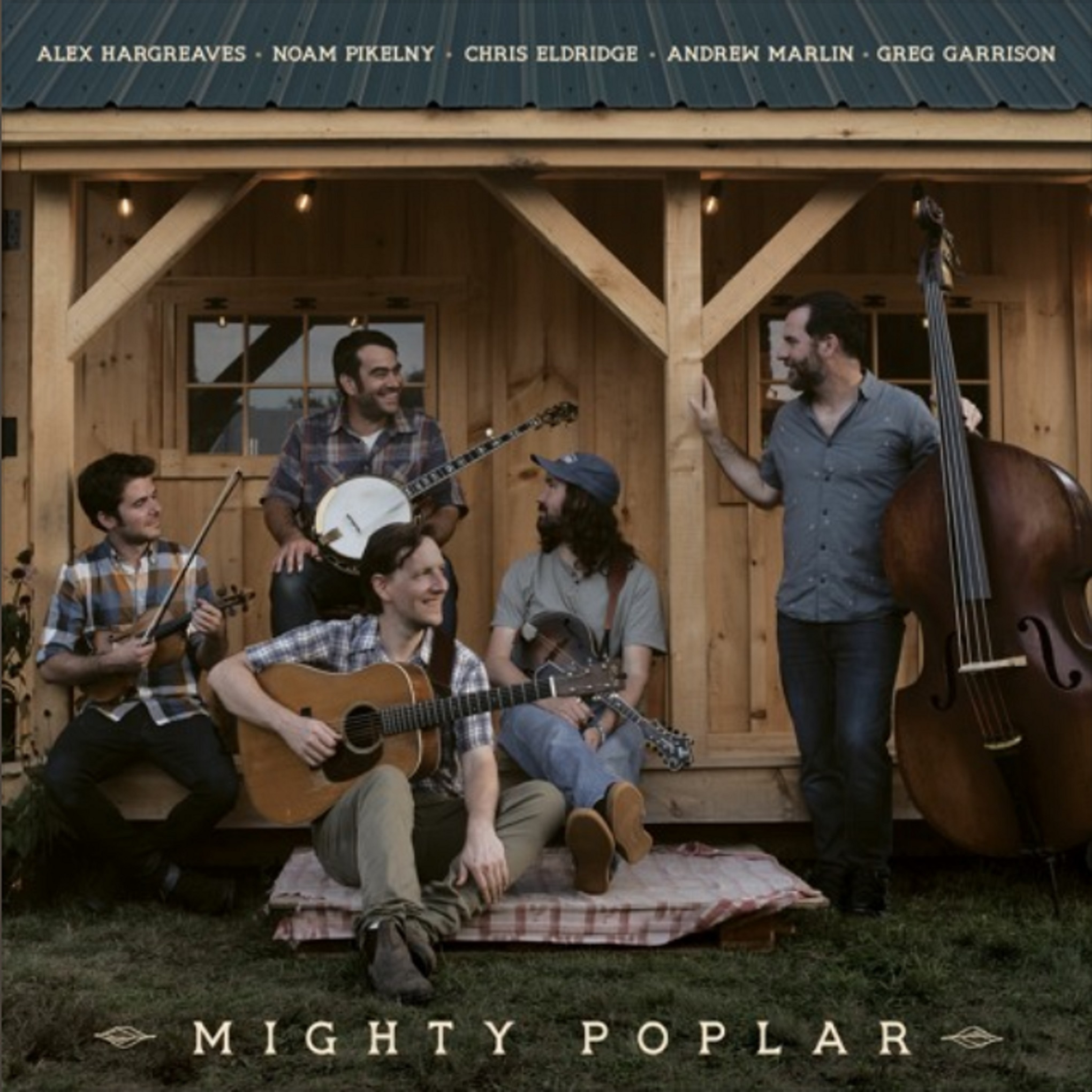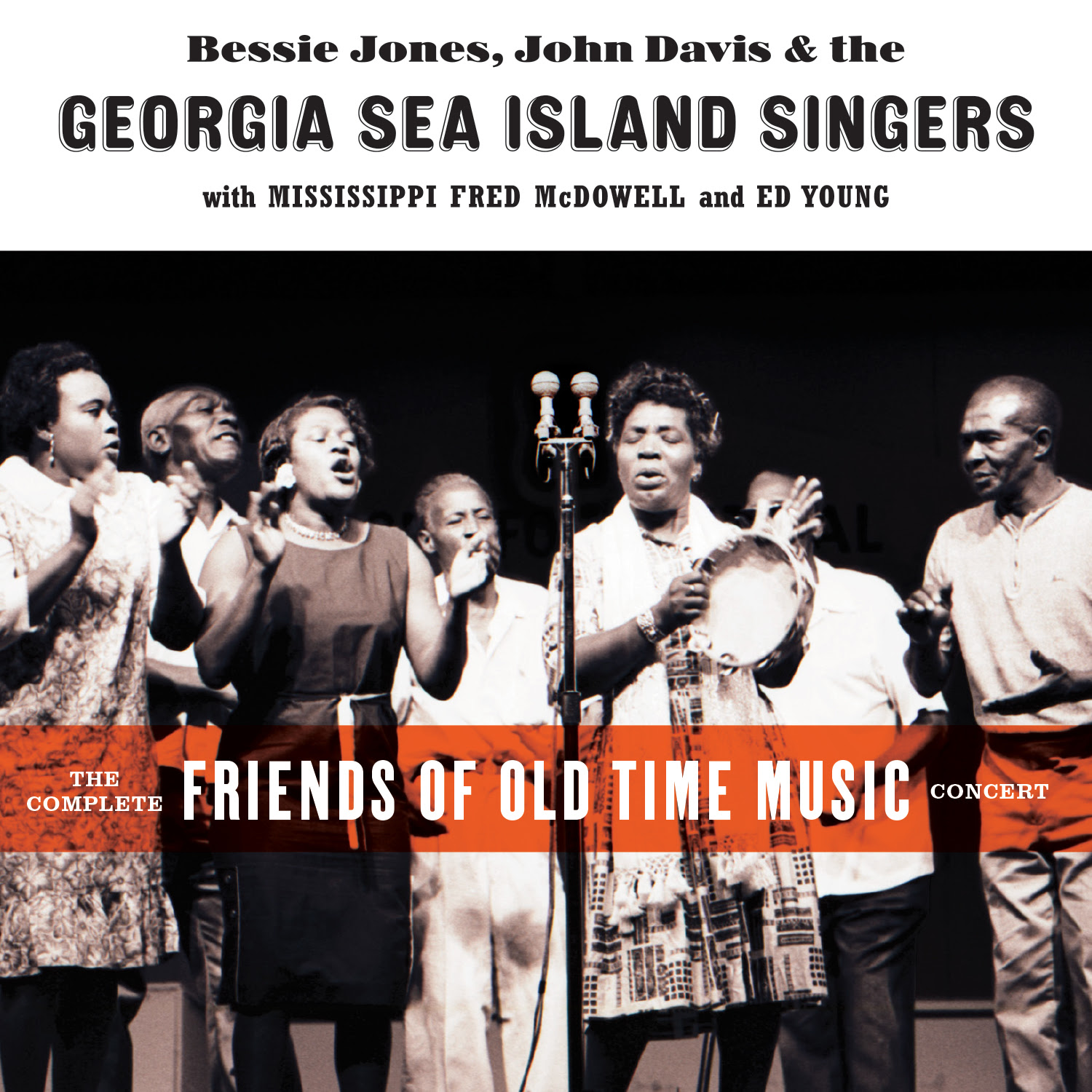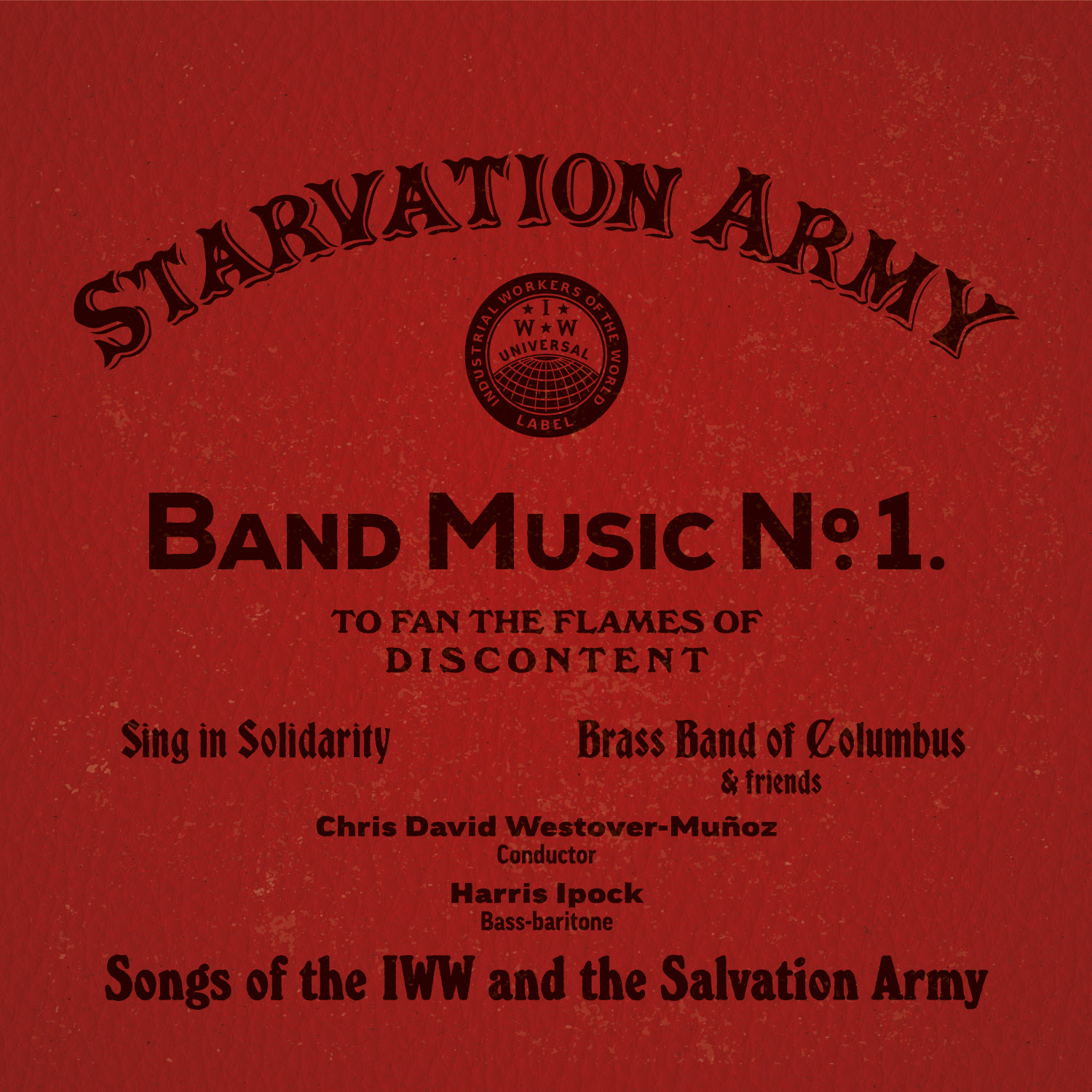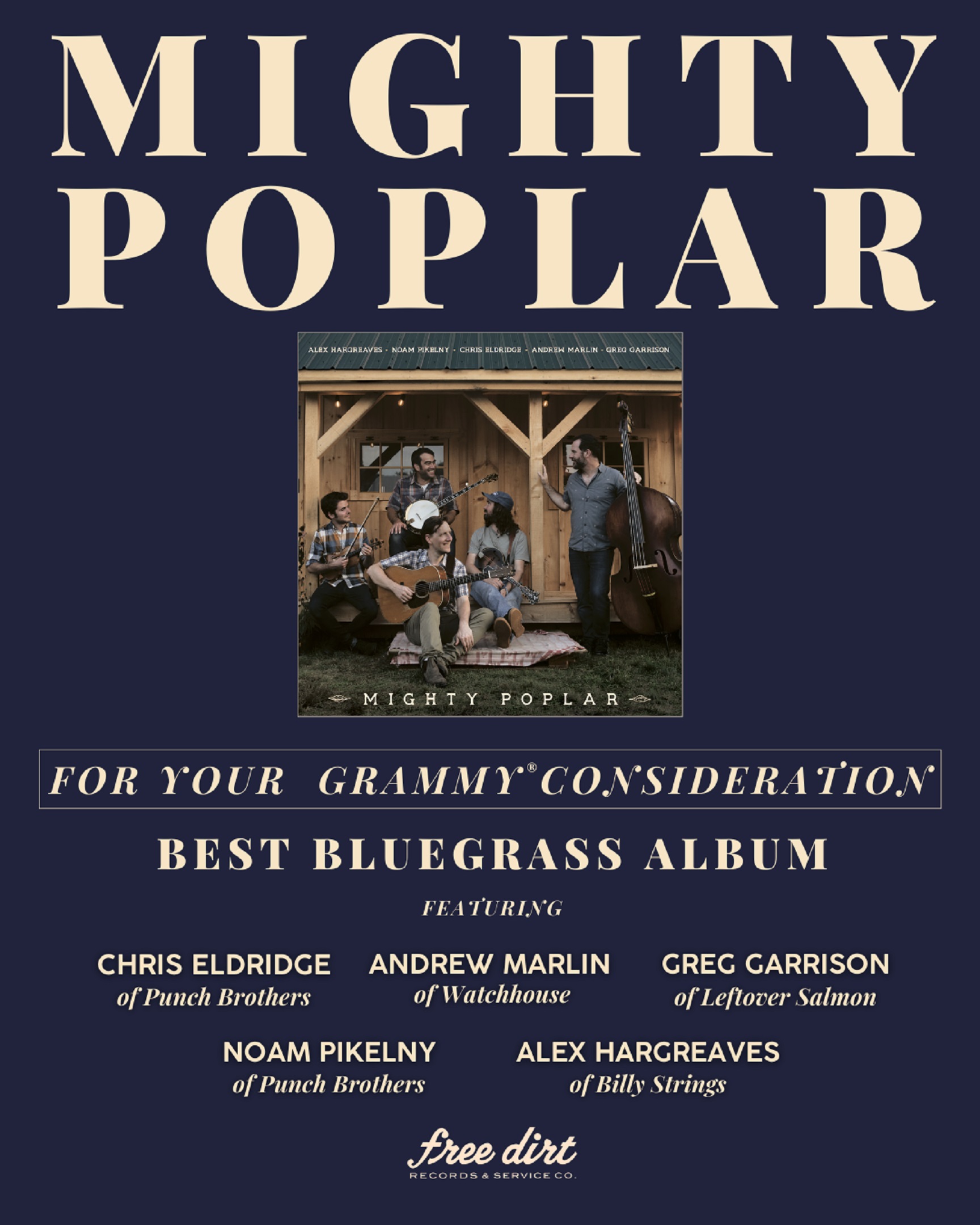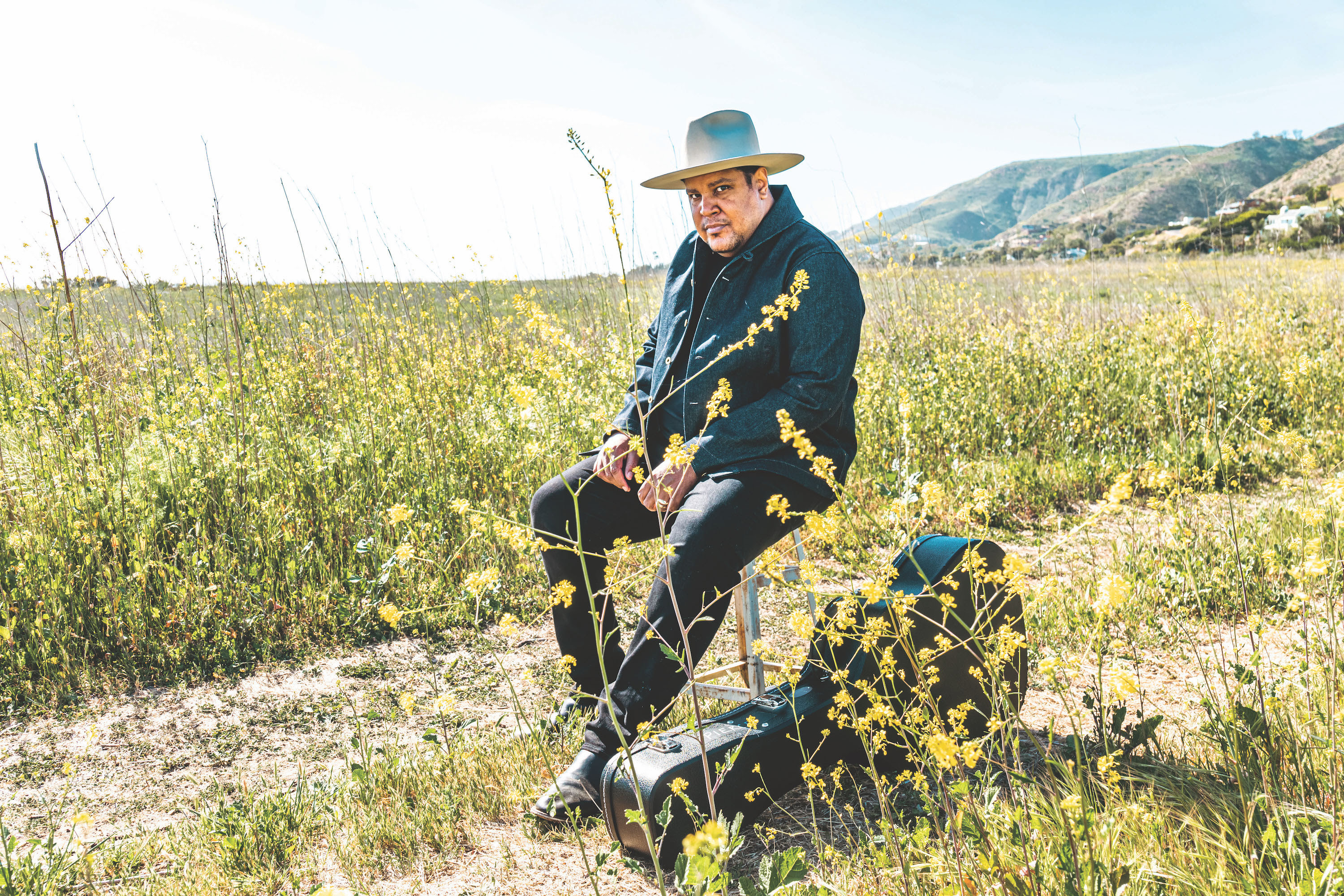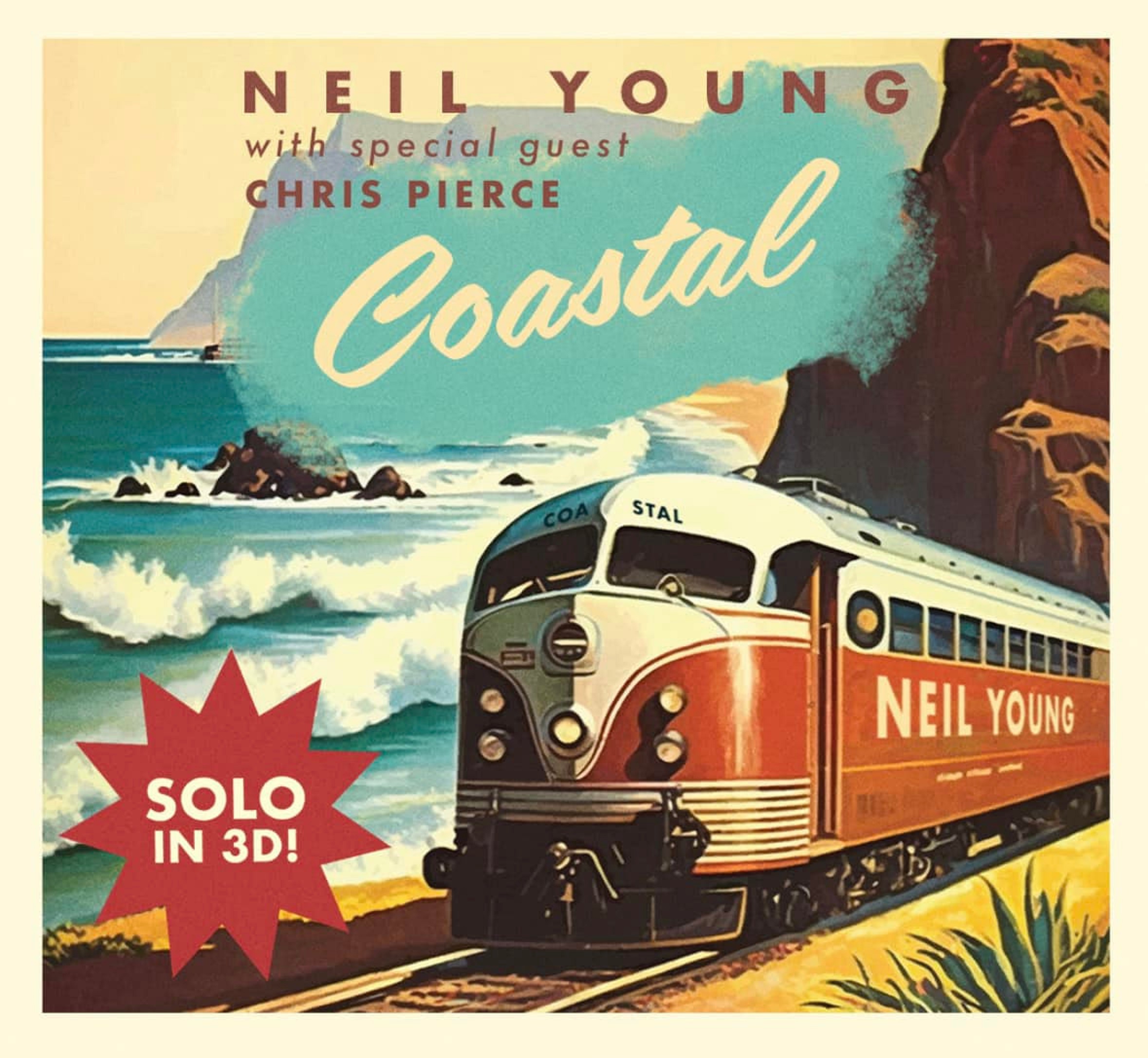At its heart, bluegrass music is about what happens when you commit to the moment. The joy of improvisation keeps the music fresh, and the fun of crafting ideas on the fly keeps the musicians on their toes. This true spirit of bluegrass infuses the self-titled record from Mighty Poplar, a new all-star roots project featuring Andrew Marlin of Watchhouse, Noam Pikelny and Chris Eldridge of Punch Brothers, bassist Greg Garrison (Leftover Salmon) and fiddler Alex Hargreaves (Billy Strings) coming March 31, 2023 on Free Dirt Records. Regarded as some of the finest players of their generation, the playing is never showy and always in service of the song. Though Pikelny, Eldridge, Garrison all knew each other from their early work with Punch Brothers, impromptu backstage jams with Marlin at festivals across the country were the key that unlocked the project. A lifelong song collector, Marlin selected and sang lead on most of the songs here, bringing classics as well as deep cuts from greats like Hazel Dickens & Alice Gerrard, John Hartford, Bob Dylan, Leonard Cohen, and Norman Blake. Throughout, the songs and tunes are as immediate and emotionally impactful as the playing is tasteful. Gathered knee-to-knee in a rural studio outside Nashville, the collaborative 10-track album emerged organically over a few days. “It felt so special and effortless; it didn’t take work,” says Eldridge, “other than the work and effort we’ve put in the rest of our lives.” With their debut album, Mighty Poplar has captured the fierce and playful energy of an all-night jam between old friends who just happen to be grandmasters of the music.
Speaking to the band, it’s clear that each player joined out of pure excitement to play music with each other. “I’m convinced Alex Hargreaves only knows how to play the perfect notes at the perfect times,” muses Eldridge. Pikelny speaks highly about Marlin’s innate musicality: “We listen to a lot of Watchhouse at our house. Supporting a singer and songwriter of Andrew’s caliber is about the most rewarding thing I get to do, so I leapt at the opportunity to collaborate when Greg first pitched the idea for this project.” Marlin talks up the other players' instrumental virtuosity. “When I think about it from a player’s perspective, I didn’t feel like I belonged in this group; I haven’t spent my life trying to improve my chops. I’ve been more of a song gatherer,” a humble Marlin admits. That last point is key here, as it focused the approach to the new album on an appreciation for the roots of bluegrass and for the songs especially. Inspired by the 1980s albums of The Bluegrass Album Band, which united some of that era’s best bluegrass players, Mighty Poplar sought to emulate the fun and spontaneity of those inspirational recordings. “My love for the sound and feel of those Bluegrass Album Band records–the energy, the undeniable chemistry, the subtle virtuosity–led me to imagine what that might look like in our collective gumbo of today’s bluegrass,” says Garrison. “We grew up on those records,” Eldridge continues. “We loved the idea of musicians banding together for a special project where you explore your common influences.” But don’t mistake Mighty Poplar for a tribute record; the band aimed to find their own arrangements and deliver fresh takes on the songs. In Eldridge’s words: “It’s an homage to where we came from, without it being a recreation of an earlier era."
The songs and tunes on Mighty Poplar run through the history of bluegrass from the earliest Appalachian string bands (“Grey Eagle”) to the more recent, “Up on the Divide,” from Montana bard Martha Scanlan and a reworking of Uncle Dave Macon’s “Lovin’ Babe” by songwriter Kristin Andreassen. Each song was carefully selected; “Even in a karaoke bar these songs would stand up,” jokes Pikelny. Marlin worked to pick out songs that were also evocative of a time and a specific geography. “Each song feels like it was written from a very personal place,” Marlin says. “‘North Country Blues’ - you feel that from Dylan. You’re there outside the mill with him reminiscing about the glory days of the steel industry.” One of the most surprising tracks on the album is Marlin’s eloquent and careful reimagination of Leonard Cohen’s “Story of Isaac.” “Cohen’s version was so heavy,” says Marlin. “The first time I ever heard him sing that tune I felt like I’d just survived falling down a hill. For our version, I tried to take this really serious heavy subject and put it to some not-quite-as-heavy music.” Marlin jokes that’s the spirit of bluegrass. “You take sad songs and make them sound a little happier, and you’ve got yourself a Stanley Brothers album all of a sudden.”
With the songs decided, Marlin suggested recording at a studio in the woods outside of Nashville called The Tractor Shed. A literal converted tractor shed, the warmth of the studio was the perfect setting to capture the live feel of the music. “The songs really came into their own in front of the mics,” Pikelny explains. “A lot of first or second exploratory ideas made it onto the record, as opposed to having an idea being thrown out and having weeks of refining and tweaking. I love catching that initial energy and spark. It means that things won’t always be squeaky clean, but I’ll take that lightning in a bottle over perfection.” Fueling the interplay between each artist, these improvisational adventures built a structure for new interpretations of the songs. “You’re constantly in dialogue with the moment,” Eldridge says. “It’s the ripples, man,” Marlin echoes. “You hear someone have a powerful idea and it subtly ripples through the band.” But it was the groove that was most important to everyone. As Marlin explains, “I’ve never played in a bluegrass setting where the groove was so undeniable. The songs just unfolded because the playing wasn’t something to think about.”
Mighty Poplar’s debut shows a level of curiosity and engagement that’s only found at the highest echelons of music making. What distinguishes them from the members' full time endeavors in bands like Punch Brothers or Watchhouse is that this band "is a chance to play real deal bluegrass,” says Eldridge. Pikelny agrees, adding that “in some ways this album is biographical for each one of us. It was an opportunity to play the music that we love at our core, and the music that has informed what we do in our other long-standing projects.” Ultimately, there was a kind of joy and relief in coming back to their roots in celebration and camaraderie. “There’s a reunion element to this,” he says, “which is ridiculous because it was the first time all five of us were in the same room. But the ease in which it came together felt like we were getting the band back together.”





